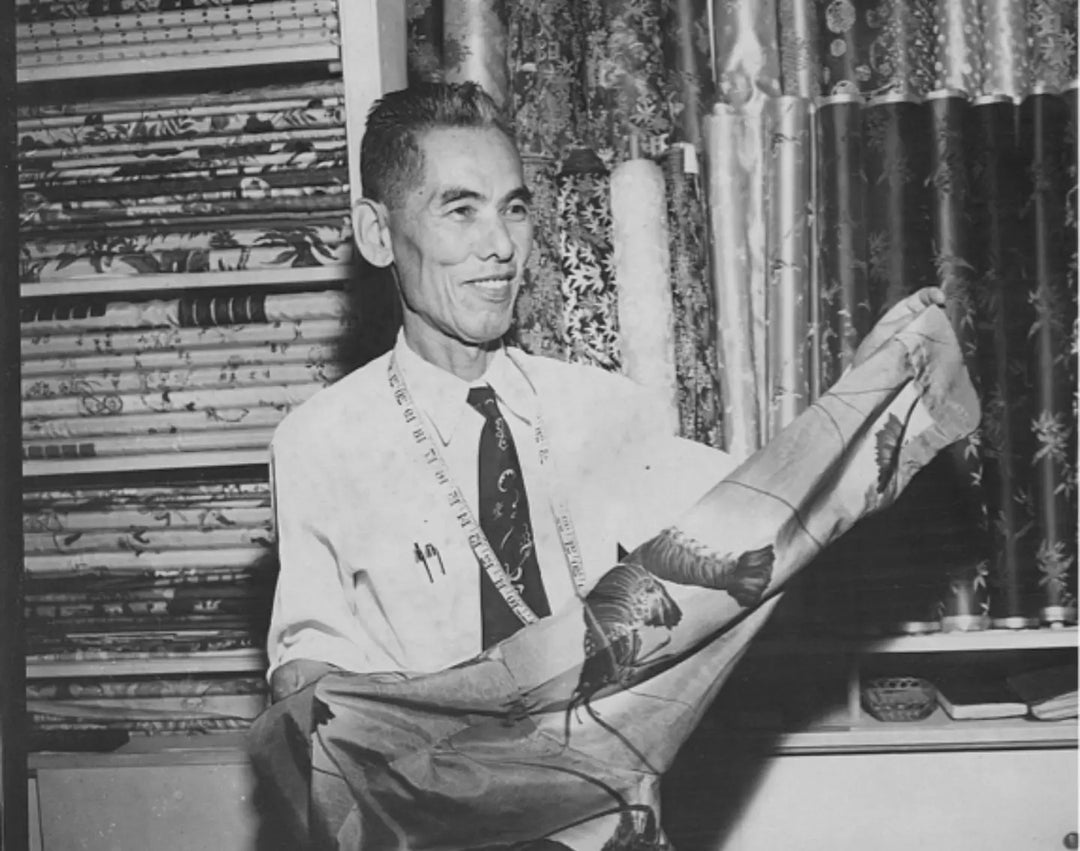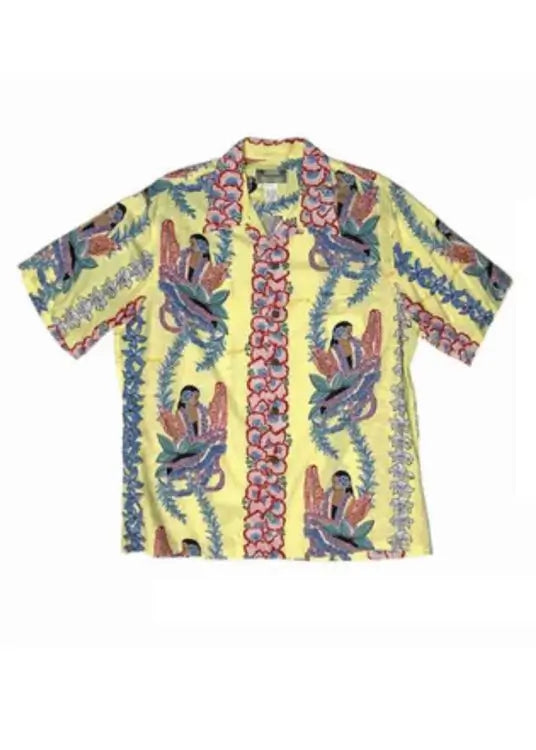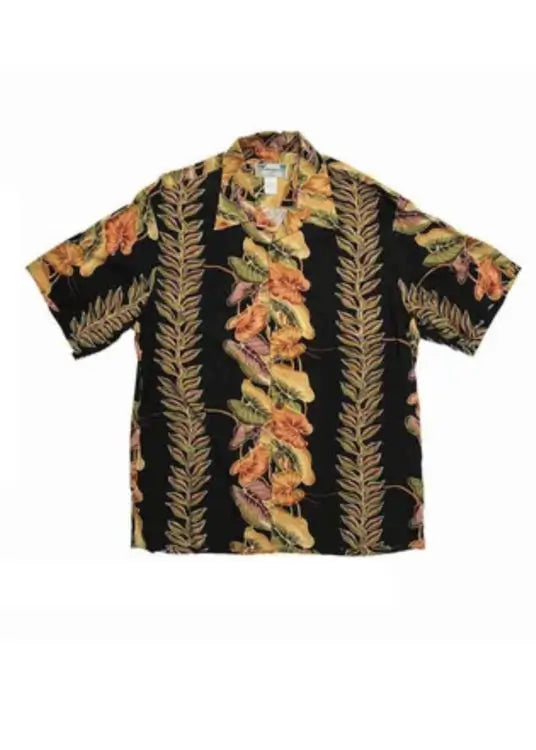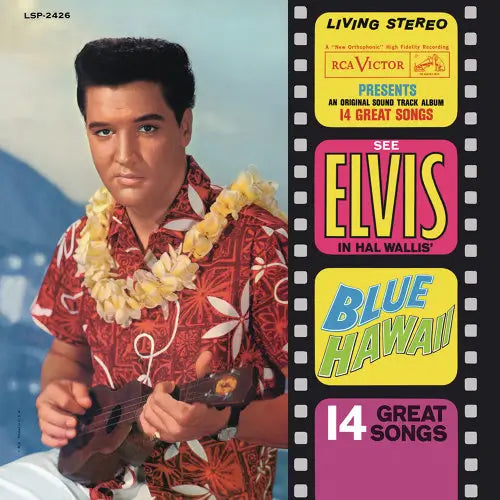The Aloha Shirt: History & Style
The origins of the Aloha shirt can be traced back to 1920s and early 1930s Hawaii. It was inspired by and first made out of Japanese work kimono fabrics, and took the name “Aloha” from the propensity of the 1930s public to add that tag to anything that originated in Hawaii. The Aloha shirt gained popularity during the Great Depression, as it represented the idyllic, carefree, untroubled life people longed to be living at the time. Since then, the Aloha shirt has evolved as a warm-weather fashion statement, and to this day evokes the same cool, laidback look we still aim to capture.
Early Aloha Shirt
During the early stages of the fashion industry, shirts were meticulously crafted by hand. This process occurred either within households or at specialized tailor shops. These establishments rapidly emerged throughout the islands, particularly in plantation towns and in Honolulu. Dry goods stores provided a wide range of fabrics sourced from various parts of the world. These included printed silk from Japan, raw silk, batik, and rayon from the U.S. mainland, as well as cotton cloth specifically made for kimonos and yukatas. The influence of Asian immigrants, who had long been a part of Hawaiian history, was evident in the fashion trends of that time. Both short- and long-sleeved shirts, as well as women's dresses, drew inspiration from Asian garment designs and were crafted using pre-printed fabrics from China and Japan. These vibrant shirts and dresses paved the way for the modern Aloha wear we know today.
* Japanese tailor Koichiro Miyamoto first proposed the term "Aloha Shirt" in 1935

The "First" Aloha Shirt
The term "Aloha shirt" may have originated as street slang in the early 1930s. It was used to describe the increasing number of shirts with Oriental and Hawaiian designs that were being created by tailors in Honolulu. Musa-Shiya, the Shirtmaker, was the first to advertise the "Aloha shirt" in the Honolulu Advertiser on June 28, 1935. Their advertisement highlighted the well-tailored nature of the shirts, their beautiful designs, and vibrant colors. Customers could choose between ready-made options or have shirts made to order, with prices starting at 95 cents. Another account suggests that an advertising salesperson from the Honolulu Advertiser and Ellery Chun, the owner of the King-Smith dry goods store, coined the term "Aloha shirt." Mr. Chun went on to officially register a trademark for his Aloha sportswear on July 15, 1936.


Japaness Motif
In the early days, Japanese immigrants combined Japanese kimono fabrics to create the first version of the Aloha Shirt. Later, in addition to local Hawaiian elements, Japanese-style prints were also developed.
Kyoto Ukiyoe Series View all
Aloha Shirts In Hollywood
Hollywood got involved in promoting Hawaiian clothing, with movie stars, singers, and politicians playing a significant role. The vibrant designs became popular thanks to the likes of Montgomery Cliff, Burt Lancaster, Ernest Borgnine, and Frank Sinatra, who all sported beautiful Hawaiian shirts in the movie "From Here to Eternity." Ginger Rogers showcased seductive satin gowns with Hawaiian patterns, while Bing Crosby rocked a unique combination of a Hawaiian shirt and a porkpie hat. In the 1940s, Betty Grable even posed in a stunning Hawaiian-style swimsuit for a promotional pin-up shot. The iconic "Magnum P.I." Hawaiian shirt worn by Tom Selleck in the 1980s has now found its place in the Smithsonian Museum of American History. Elvis Presley and Jimmy Buffet, along with other stars and cultural icons, also contributed to the mainstream popularity of Hawaiian shirts.
*"Blue Hawaii" starring Elvis Presley


Benefits of Aloha Shirts
In addition to seeing Hawaiian shirts in the summer, we also enjoy the benefits of Hawaiian shirts throughout the year. Why do you say that? In fact, the well-known "Casual Friday" originated from the Hawaiian shirt movement.
In 1946, the City & County of Honolulu began to break the old idea handed down by early missionaries, that is, "no matter how hot the weather is, a decent businessman should wear a suit and tie." They agreed to let employees wear more casual shirts from June to October each year, and also wear Hawaiian shirts during Aloha Week in the fall of each year.
In 1962, the Hawaii Fashion Association began to promote Hawaiian shirts and encouraged people to wear this item in the workplace. Three years later, the president of the association lobbied the government to implement "Aloha Friday", hoping that employers would allow employees to wear Hawaiian shirts on the last working day of the week.
Finally, in 1966, Hawaii officially started the tradition of "Aloha Friday". Even in the 1970s, people were free to wear Hawaiian shirts any day of the week. This trend also spread to the United States and even around the world, becoming our favorite "Casual Friday" today.
Nowadays, aloha attire or Hawaiian shirts remain a favored option for individuals during their vacations, travels, work, and leisure activities, regardless of their location. Vibrant shirts showcase vibrant hues, elaborate designs, and tropical motifs that evoke the sense of freedom and the splendor of summertime. If you are seeking a new Hawaiian shirt, feel free to explore OROMEN's collection for the most up-to-date styles and place an order for the Aloha shirt that suits your preferences.
Mahalo and have a happy Aloha Friday!




















